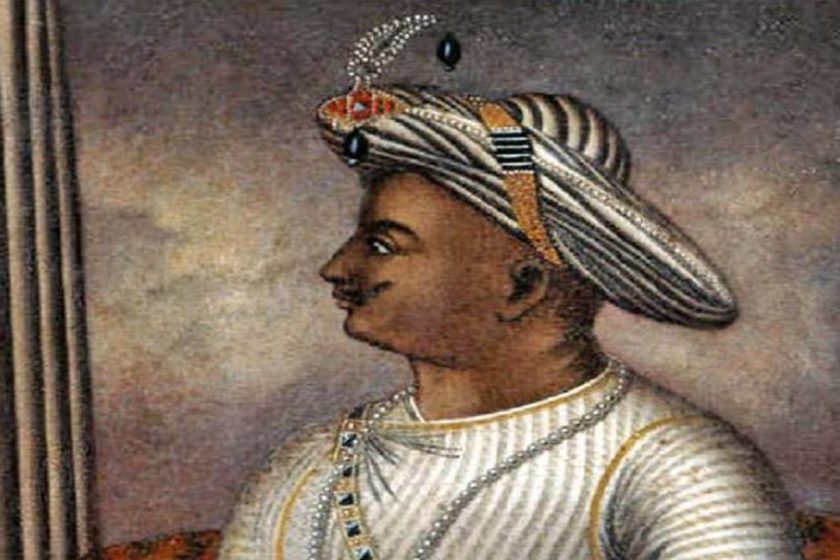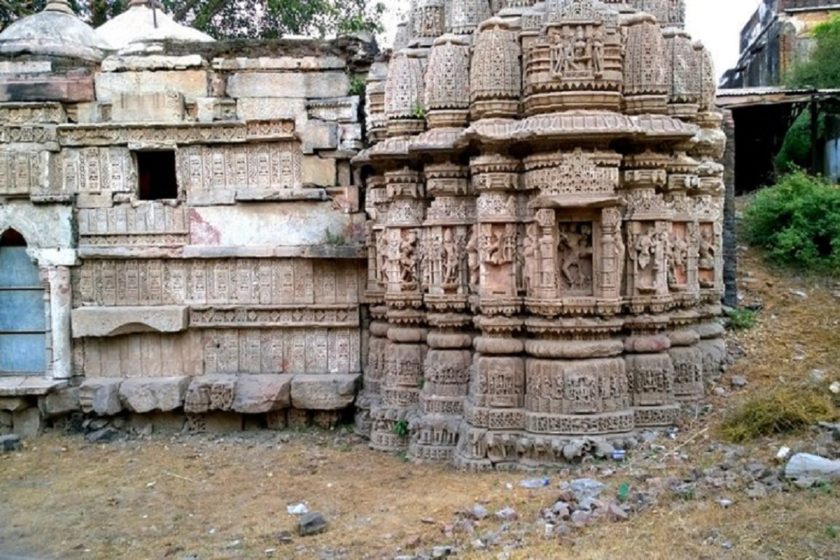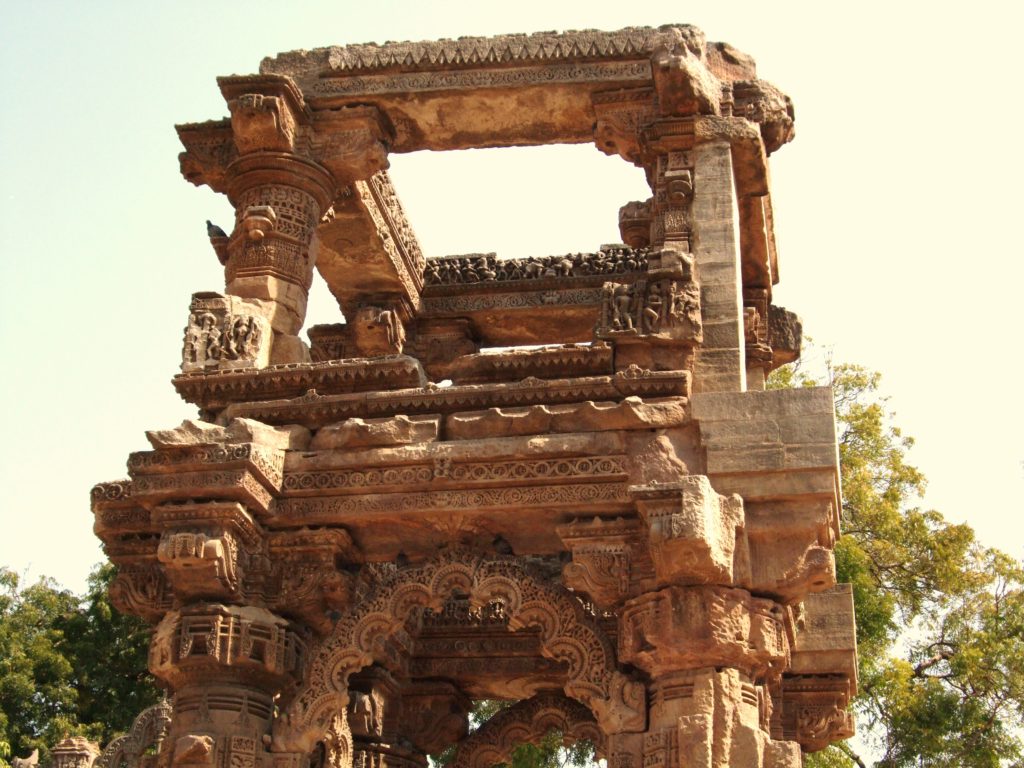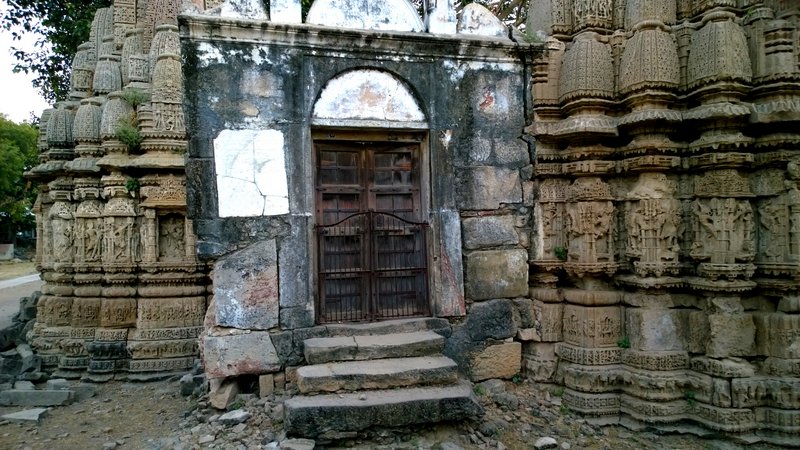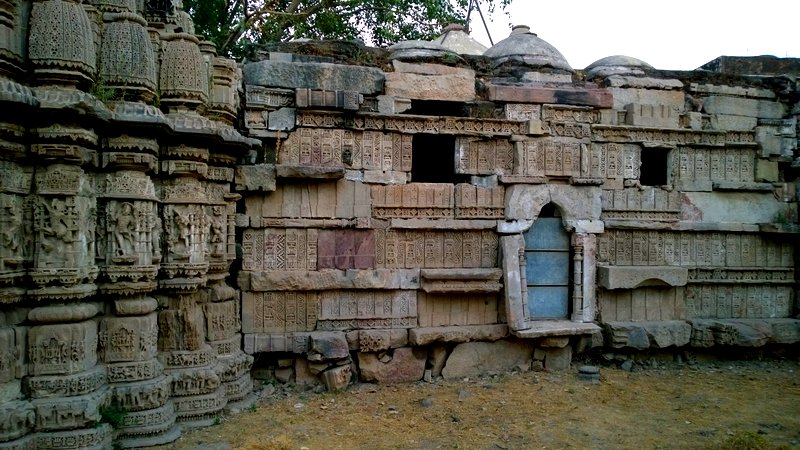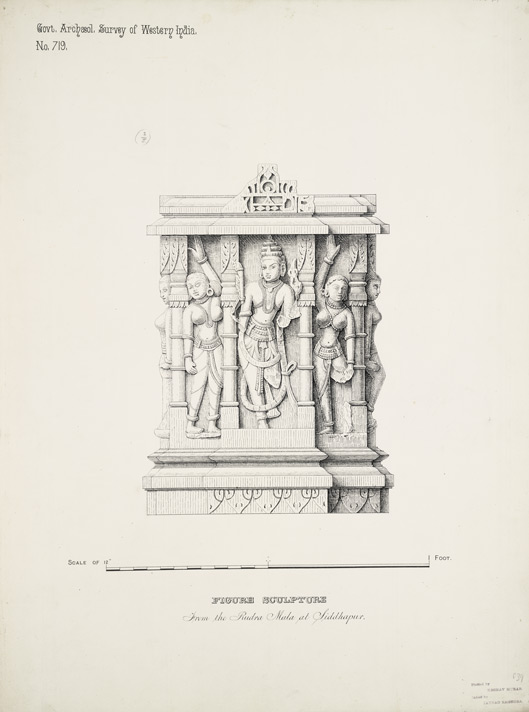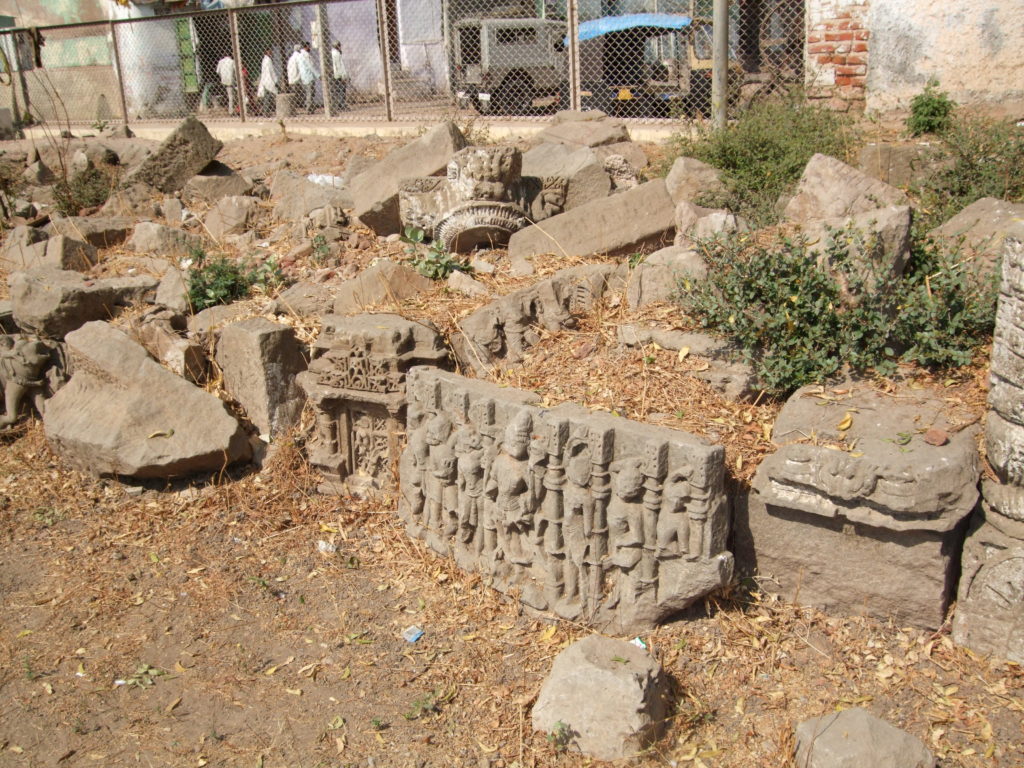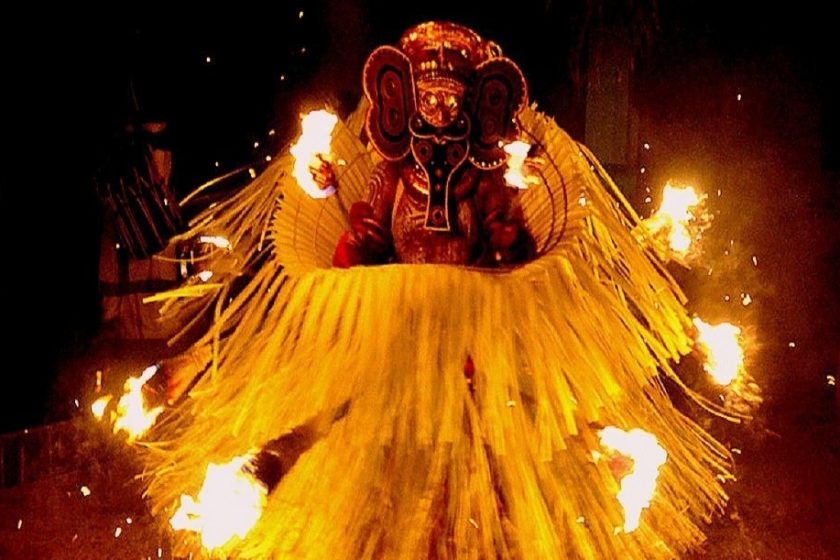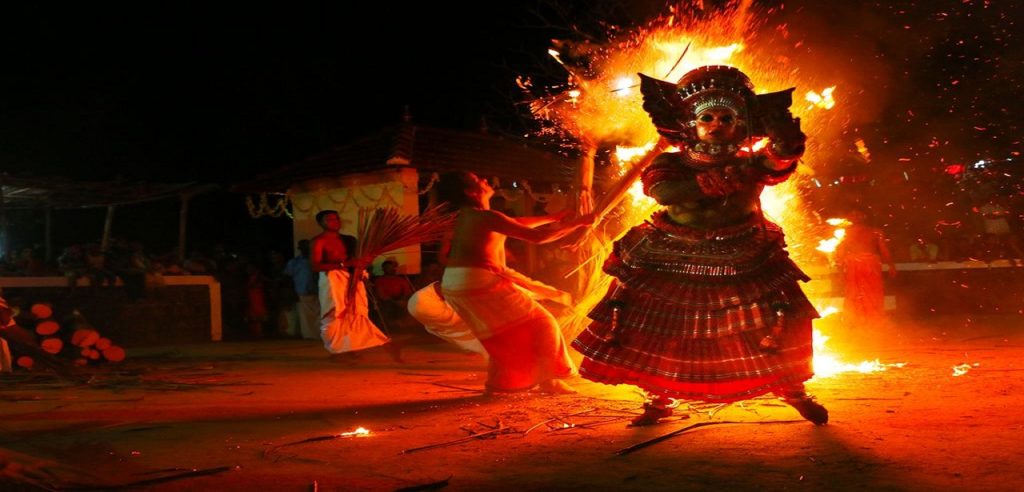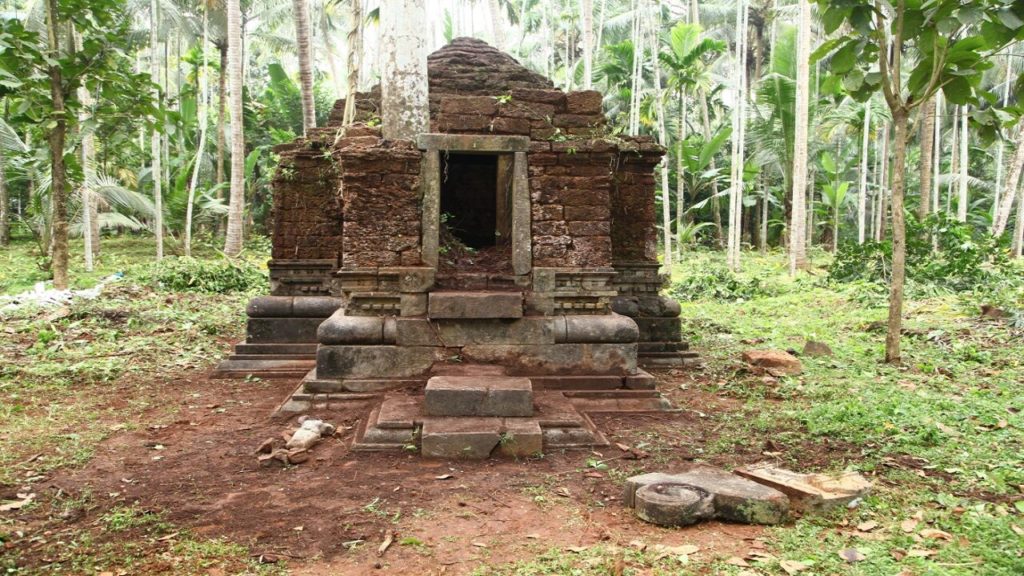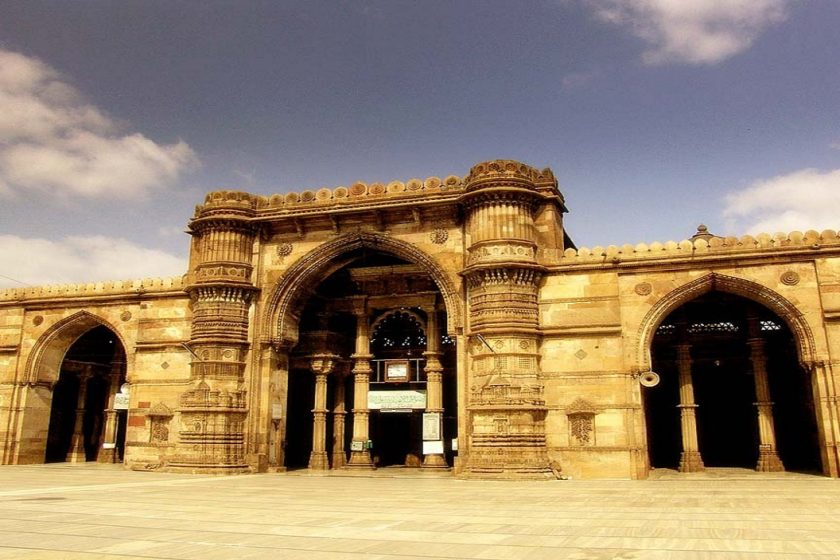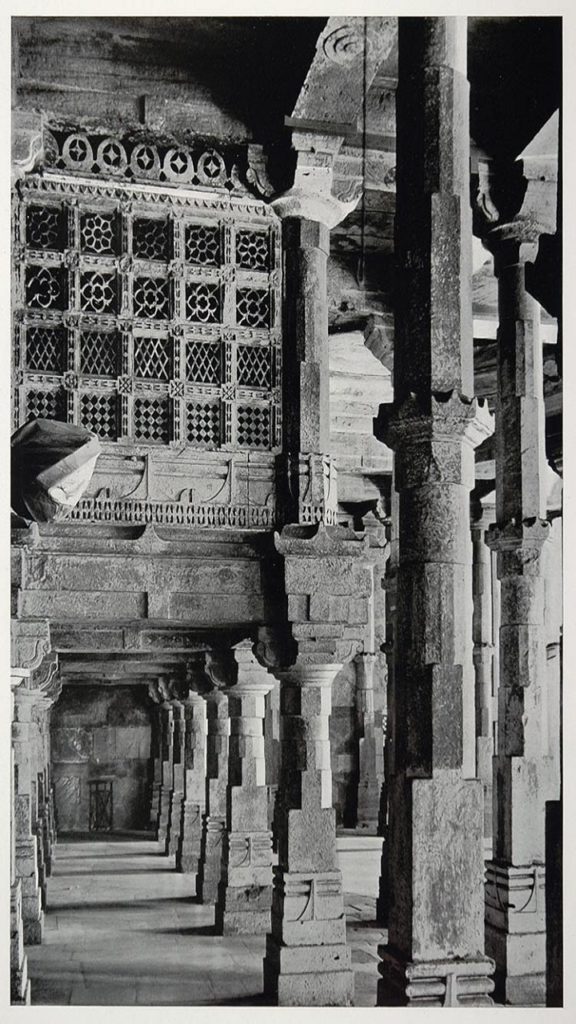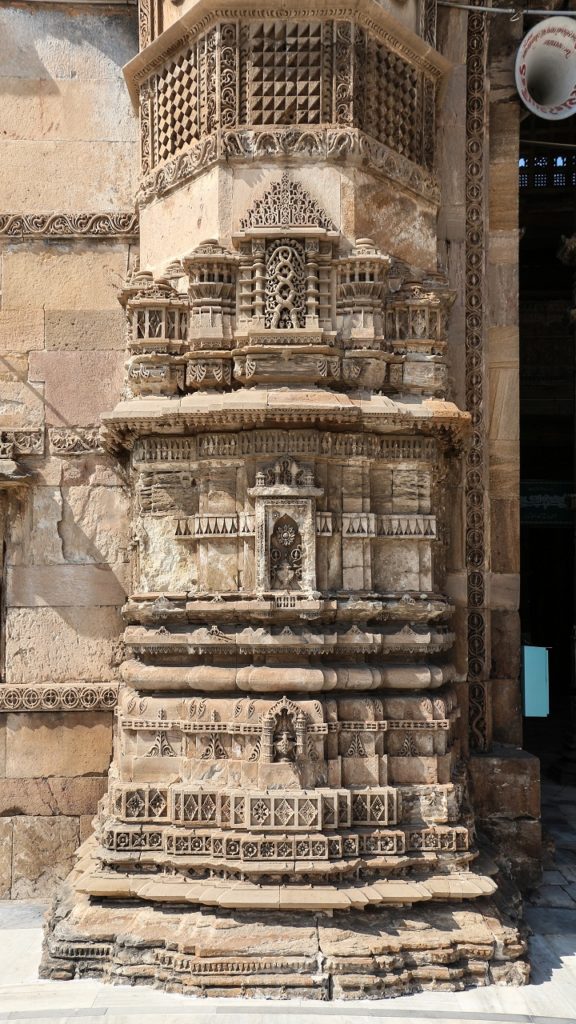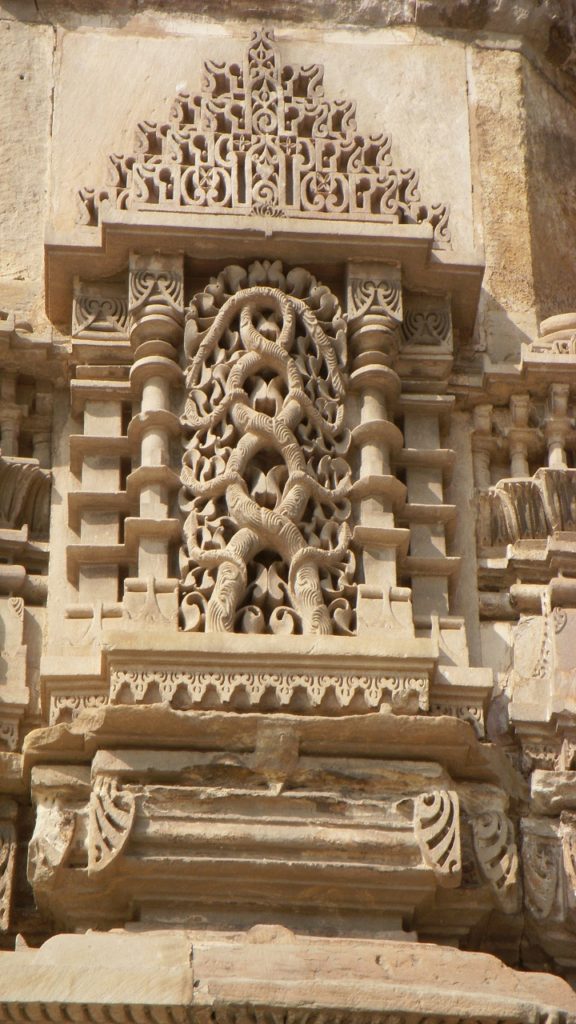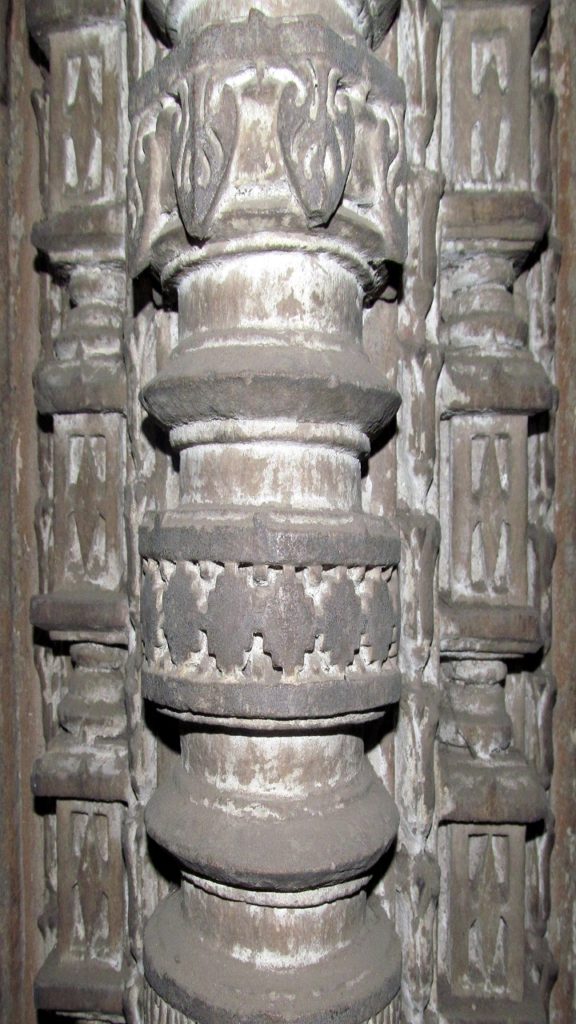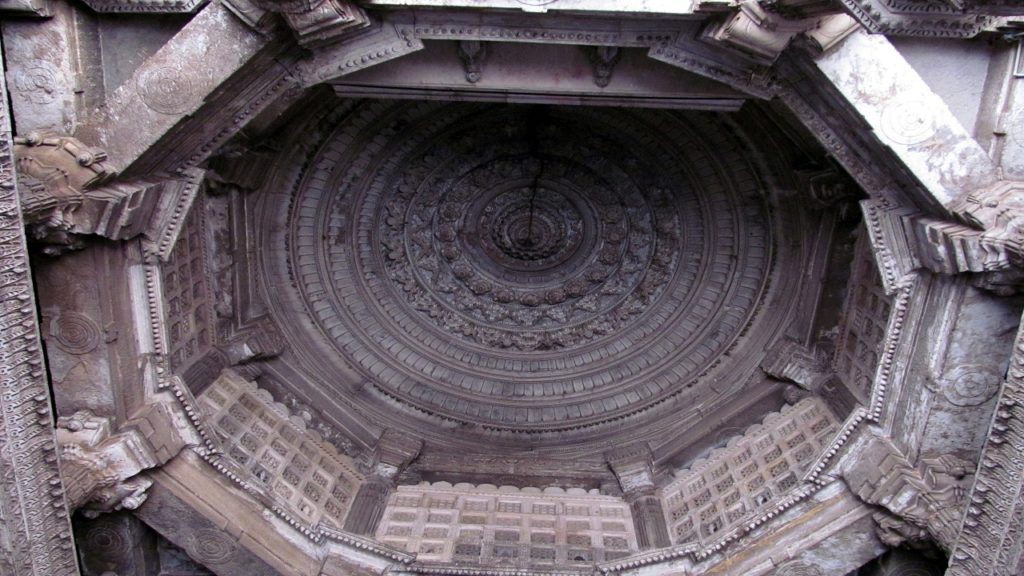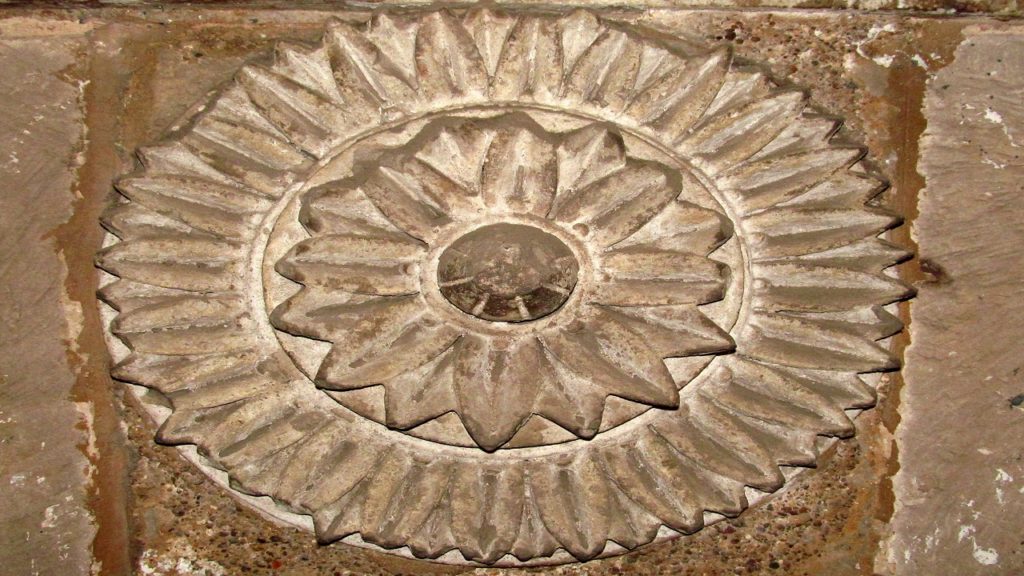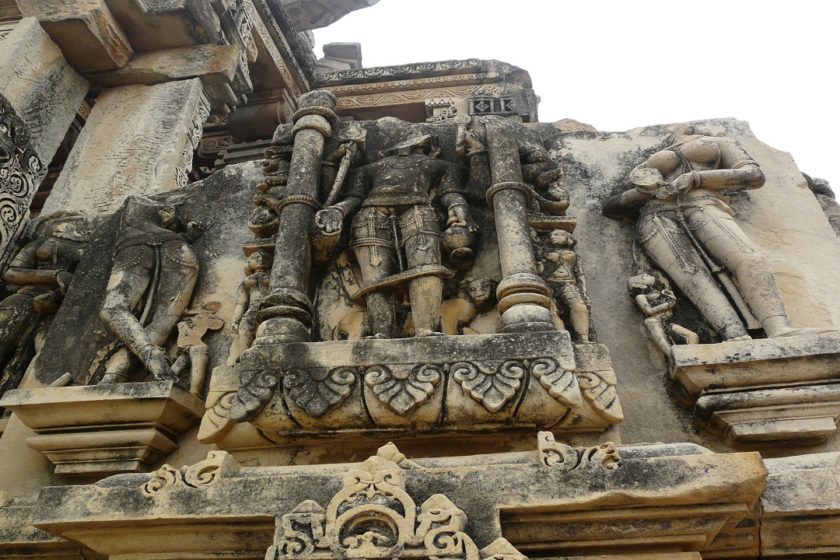Sword of Tipu Sultan
Strange times we live in. We see Tipu Sultan immortalized and festivals arranged by the elected governments in his name. Many historians however claim that Mysore ruler Tipu Sultan was a communal fanatic who conducted a jihad in Karnataka and Kerala by destroying several temples, forceful conversion of Hindus and butchered those who refused to convert to Islam.
The letters from Tipu to his Generals illustrate religious fanaticism of the Sultan. Renowned historian and statesman Sardar K M Panicker had translated these letters and were published in Bhashaposhini 1099 Chingam vol. I
Letter – 6 : Sent to Ziyad Abdullah on 1790 January 18th:
“With the help of Muhammad and blessings of God, we have inducted nearly all non-believers into Islam. Few people are left unconverted at the border of the Kochi Kingdom. I have decided to convert them also as Mohammedans soon. I consider this as a religious War.”
There is an argument that Tipu Sultan was a secular who funded the renovation of some temples. Showing the temple in the fort, they ask, had Tipu been an iconoclast wouldn’t he be demolishing the temple in his headquarters first? Tipu kept Brahmins as advisers. They ask why he did not convert these Brahmins if he was an Anti-Hindu?
What is the truth in this? Tipu blindly believed in astrology. The palace Astrologists were Brahmins. Since the temple in Srirangapatnam Fort belonged to them, Tipu did not demolish at the temple. Astrologers attributed the continuous defeats met by Tipu to the demolition of temples and suggested the renovation of temples as the only remedial measure. His donations to the temples were a result of this advice.
There is also a reason for him not changing the religion of the palace astrologists. The astrologists of Srirangapatnam fort were traditional brahmins. Tipu’s father Hyderali was a faujdar in Dindigul when he treacherously captured the throne of Mysore. In June 1759 Hyder could install his aide Kunde Rao by replacing Nanje Rao, the only remaining minister of the puppet King of Mysore. In 1761 June, Hyder captured power by ousting Kunde Rao. So technically he was not the King. Since the customs and ways of the palace have been formally recognised to keep the power intact, the palace Astrologers were spared from being subjected to religious conversion.
Mohemmadan army under Hyder first entered Malabar to collect the 12 lakhs rupees they had to obtain as per the war treaty signed with the Samoothiri of Calicut. In those days, Kannur was known as the land of Moplahs. The Moplah soldiers of Ali Raja, of Kannur, had already joined the Mysore Army. Like Tipu, Hyder’s raids also were also driven by the religious hatred to annihilate Hindus. Hyder Ali and the Moplah’s killed numerous Hindus. He organised his jihad in Malabar by plundering and torching the temples. His son Tipu continued this Jihad of his father and the atrocities and destruction rivaled that of Hyder Ali.
Tipu was in Ponnani, while Hyder Ali died on December 7th, 1782. Being a hardcore Islamist, he decided to convert Kerala into an Islamic country and annex it to Mysore. Brutally, he started over his jihad from where Hyder Ali stopped.
The story of Tipu Sultan is one of genocide, destruction of Hindu temples and pure evil . Recounting just one incident is enough to reflect his cruelty and barbarism. Around 2000 Hindus had sought refuge in the Kuttipuram fort of the Kadathanattu Raja inorder to save themselves from the Muslim invaders. Tipu Sultan threatened them to be killed unless they converted to Islam. Many converted out of fear and they were forcefully fed cow meat.
More than 3000 Hindu temples were destroyed during the invasion of Tipu Sultan and subsequent Moplah riots. Hundreds of such ruins exists even today, where the Vigrahas can be seen with their hands, legs and head cutoff. These temples are mute witnesses to the genocide and terror that Hindu society had to suffer from religious extremists and marauders. In 2018 was started the efforts to document such ruins and revive such temples. Any support towards the efforts can be made via https://reclaimtemples.com//fundraisers/
Courtesy: Destroyed temples of Kerala Volume 1, Introduction. Author: Tirur Dinesh
The book can be ordered online or read on kindle via https://www.amazon.in/Destroyed-temples-Kerala-Vol-1/dp/8193929926
#ReclaimTemples

